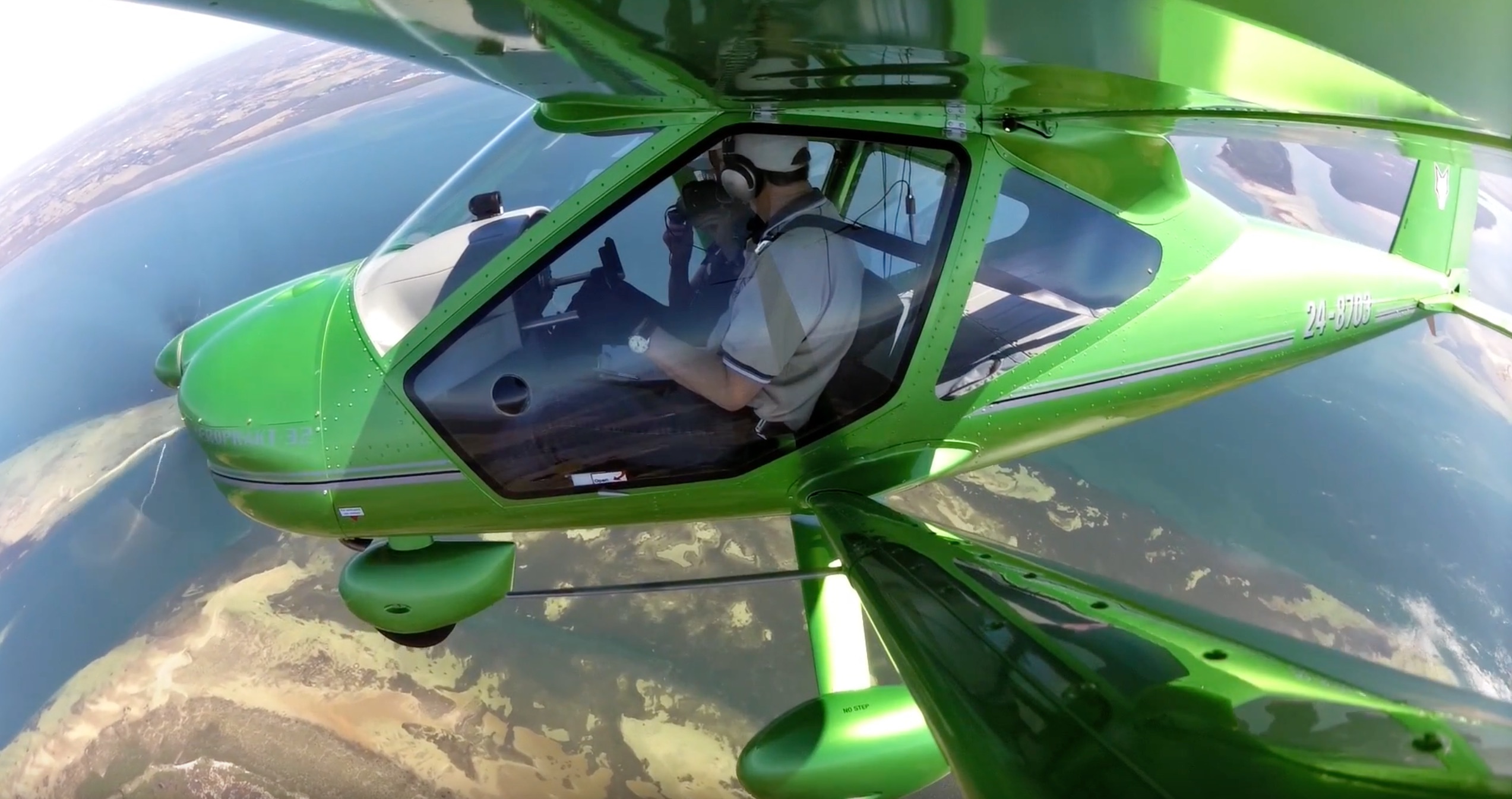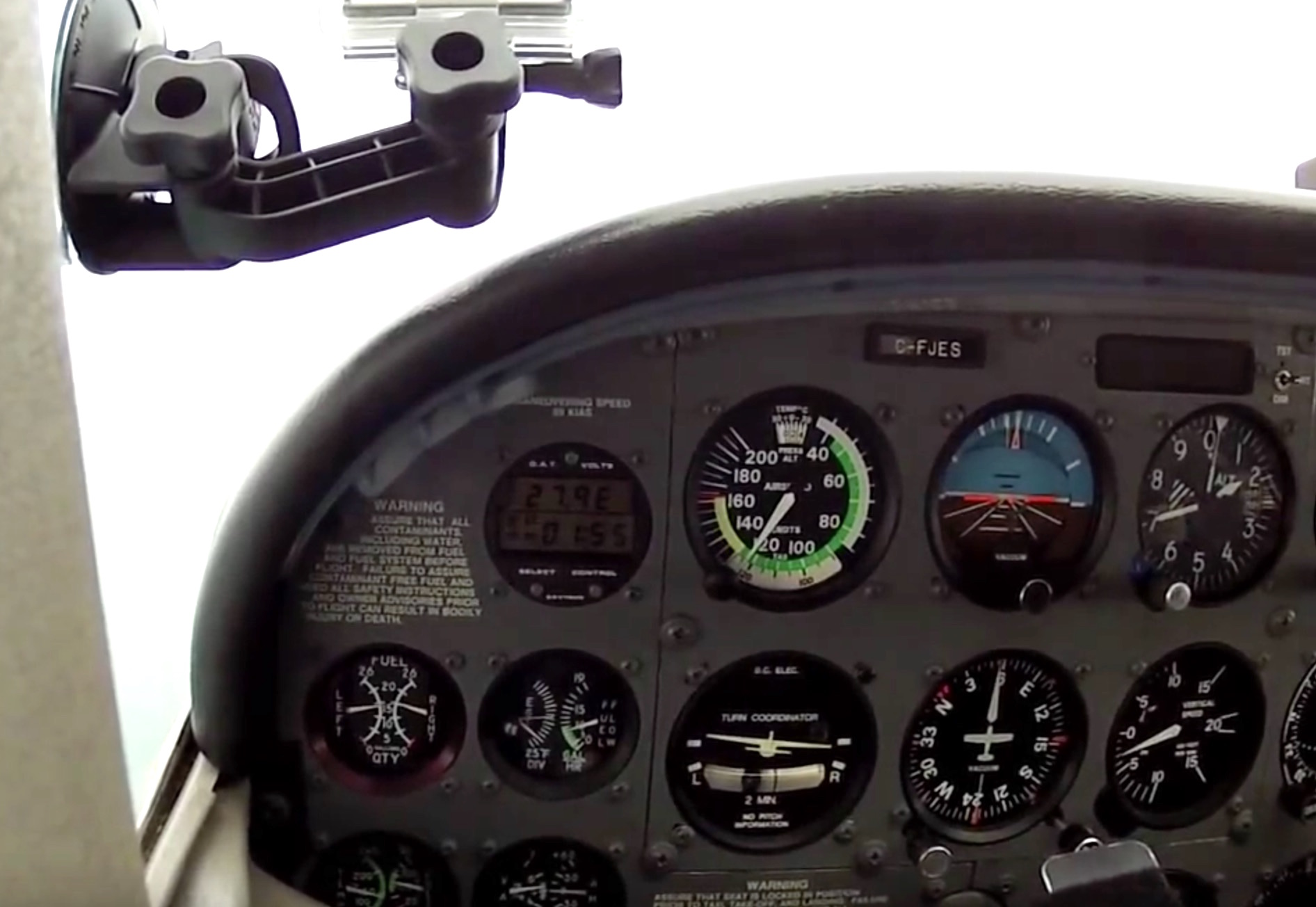 ‘178 Seconds to Live‘ is the title of several videos and written articles about flying from visual flight into Instrument Meteorological Conditions (IMC). So it goes: if you’re a VFR (or lapsed IFR) pilot, the chances are very high that you’ll be dead through disorientation within 3 minutes of entering cloud/mist/drizzle/snow etc – particularly if it happens suddenly and unexpectedly.
‘178 Seconds to Live‘ is the title of several videos and written articles about flying from visual flight into Instrument Meteorological Conditions (IMC). So it goes: if you’re a VFR (or lapsed IFR) pilot, the chances are very high that you’ll be dead through disorientation within 3 minutes of entering cloud/mist/drizzle/snow etc – particularly if it happens suddenly and unexpectedly.
Spatial disorientation in an aeroplane is a scary thing and I was shown at a very early stage of my flying life that I should never fly by the seat of my pants – something most pilots will instinctively try to do if they lose all their external visual clues, like sight of the ground and the horizon.
My very first flying instructor (all those years ago) was one Mr. Beadle. As his name suggests, Mr. Beadle was not to be taken lightly and he did not suffer fools gladly. Early in our flight training, my fellow cadets and I were briefed that this was to be a day of experiencing ‘unusual flying attitudes’. I duly waited my turn and took off with Mr. Beadle and climbed to a hitherto unexperienced 5,000 feet. Even though I’d done my first solo, this was the first time we’d flown so high and I was about to find out why.
“Cover your eyes and take your hands and feet off the controls”, instructed Mr. B. Dutifully I did so. He told me he was going to fly the aircraft through a series of ‘unusual manoeuvres’ and, when instructed, I had to tell him quickly the aircraft’s attitude – without uncovering my eyes. Here goes. I felt the aircraft start to climb and bank to the left – “Correct” he says, nose high and turning to port (this was a Royal Navy instructor). Next, wings banked right and nose going down. Once again, “Correct” he says. I was getting the hang of this ‘unusual attitudes’ stuff, I thought. Third one; a bit more difficult this time. It felt like the aircraft had decelerated gently, then banked to the right. “Wrong!” says Mr B. “Open your eyes”. I’ll never forget what I saw: the aircraft was almost upside down – quite a feat in a Piper Colt – with the ground rotating increasingly quickly through the top left side of the windshield. In effect we were in a very steep spiral dive to the left.
Although we did quite a few more ‘manoeuvres’, some of which I got right and quite a few wrong, I remember that first one vividly, even to this day. “In an aeroplane” said Mr. Beadle after we landed, “never, ever believe your bum. Believe the instruments”. He cracked a rare smile and left me entering the day’s lesson in my logbook.
Nowadays, I’m lucky enough to fly quite a lot, what with selling aeroplanes and all that. But as a strictly VFR pilot, one thing I really do avoid is flying when I can’t see the ground or a clear horizon – and certainly not if I’m likely to be missing both at the same time. Nevertheless, I’ve had some interesting (and worrying) conversations with recreational and light sport pilots about flying in marginal visual conditions. For example, a common reason given for installing an autopilot in a light sport aircraft is that such a device will ‘get a VFR pilot down through the cloud’ if s/he should end up above it with no holes through which to descend.
Personally, I have a theory that if you think like this, you’re more likely to behave as though the autopilot is a safety net. As a result, you’re more likely to take weather chances than if you have no ‘safety net’ autopilot. If you have no autopilot, I’m pretty sure you won’t be thinking about coming down through cloud, so you’ll check and watch the weather very carefully and stay on the ground if there’s any doubt about visibility.
And there are a couple of other flaws in the ‘get you down through cloud’ autopilot theory. First – how do you know the cloud doesn’t go right down to the ground? And second, LSA autopilots are uncertified pieces of electronic equipment – how many times does your computer/’smart’ phone/tablet freeze or go wrong? Are the electronics in the A/P really completely bulletproof….with all that engine vibration and buffeting turbulence?
As they are so light, LSA planes are not the ideal platform for autopilots but I can understand how they reduce fatigue when flying longer distances in clear air – so I have no problem there. But don’t have one if you ave any thoughts at all about using it to descend through cloud, unless you are a properly qualified and current IFR pilot.
Here are some key lessons for VFR pilots:
– get some basic instrument flying training, you never know when it might help save your life
– golden rule 1: do not fly into cloud!
– if you do enter cloud unexpectedly, golden rule 2: do not panic!
– keep straight & level as best you can
– as soon as possible, start a gentle 180 degree turn (less than 30 degrees of bank) to the left – that way, if there’s any ground to see, it will be on your side
– watch your artificial horizon and believe it
– watch your turn & bank indicator and believe it
– without an AH or T&B it’s difficult, but pull back the power slightly and watch your compass, VSI and ASI
– keep the compass turning slowly or stop it by decreasing the turn with opposite control
– when the compass is stable, keep the VSI neutral with elevator
– when straight & level, control speed with throttle
– believe the instruments not your body!
– with luck, you’ll exit the cloud as quickly as you entered it
– if not, you’ve probably used up a fair slice of your 178 seconds.
You have been warned.
Here’s another link to a video, made by an experienced VFR pilot who flew into IMC: Flying VFR into IMC – a top killer of pilots – my close call
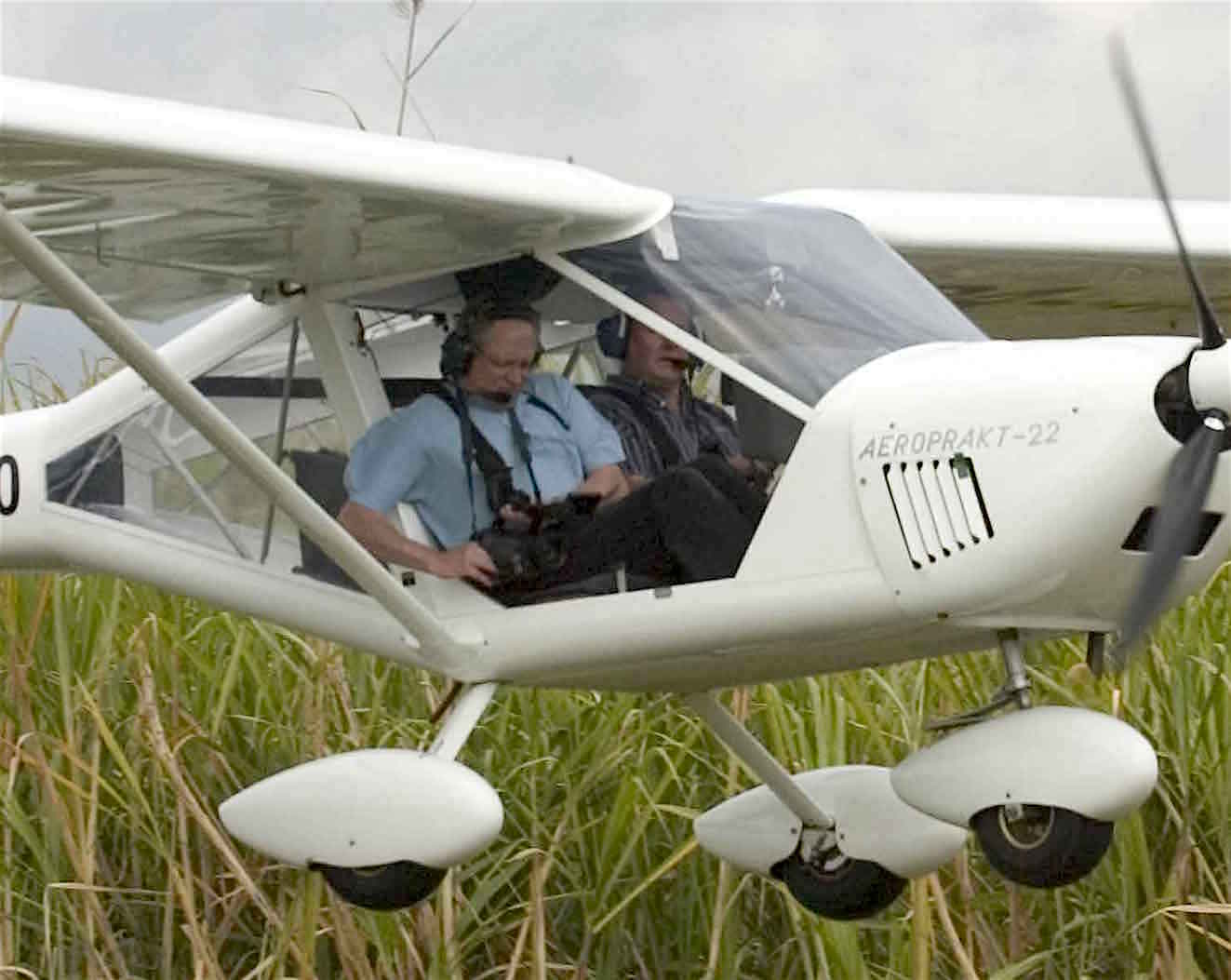 Here’s another question I get a lot: “Is it OK to fly my Foxbat with the doors removed?”.
Here’s another question I get a lot: “Is it OK to fly my Foxbat with the doors removed?”.
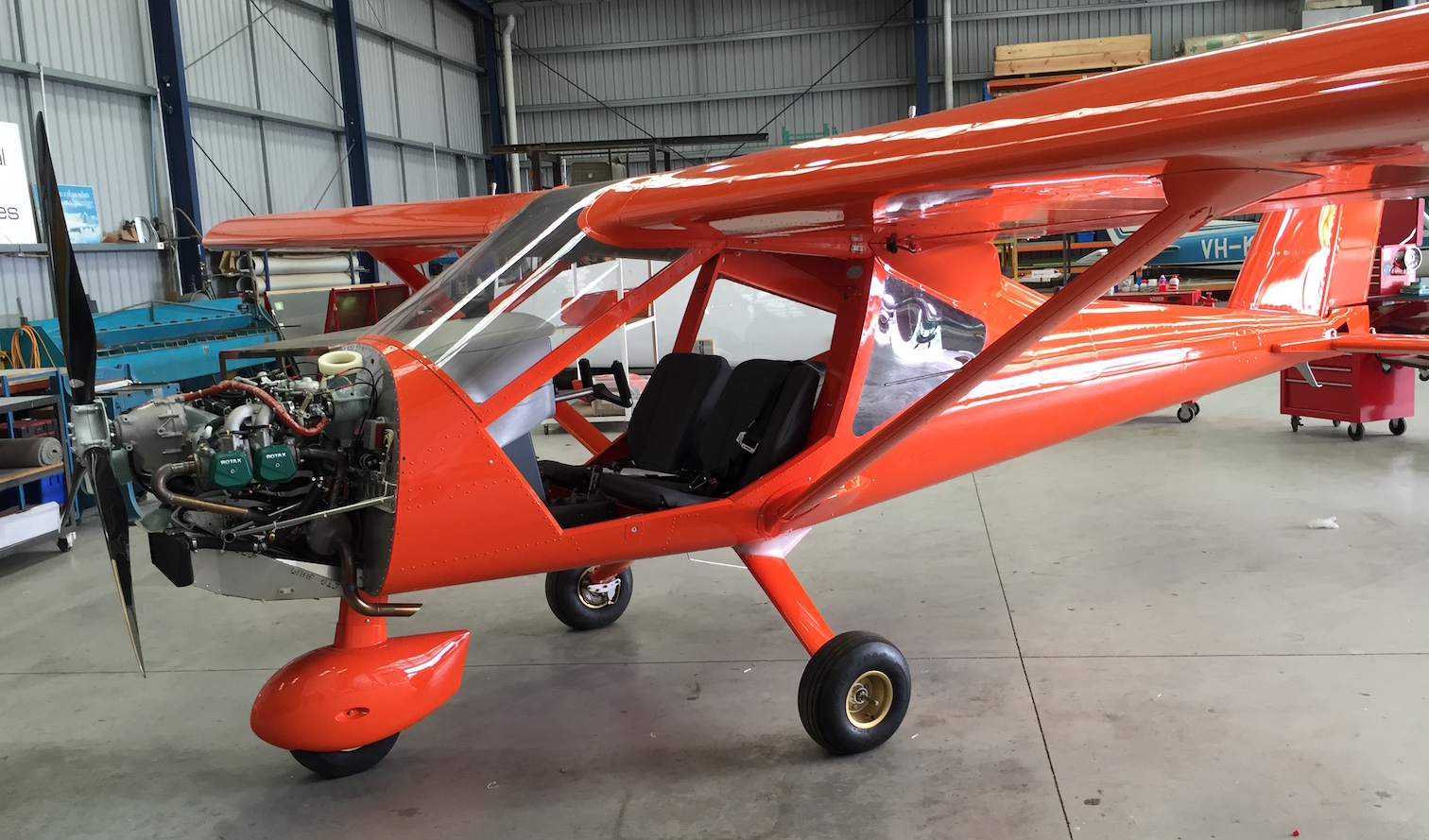
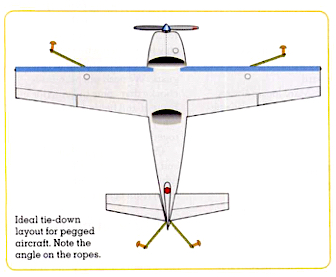 All pilots/owners need, from time to time, to park their aircraft in the open air. Whether it’s just for an overnight stop or for a longer period, it’s important to ensure you do it properly, or you could be up for a big repair bill and potential extra travel costs, including retrieving your plane later.
All pilots/owners need, from time to time, to park their aircraft in the open air. Whether it’s just for an overnight stop or for a longer period, it’s important to ensure you do it properly, or you could be up for a big repair bill and potential extra travel costs, including retrieving your plane later.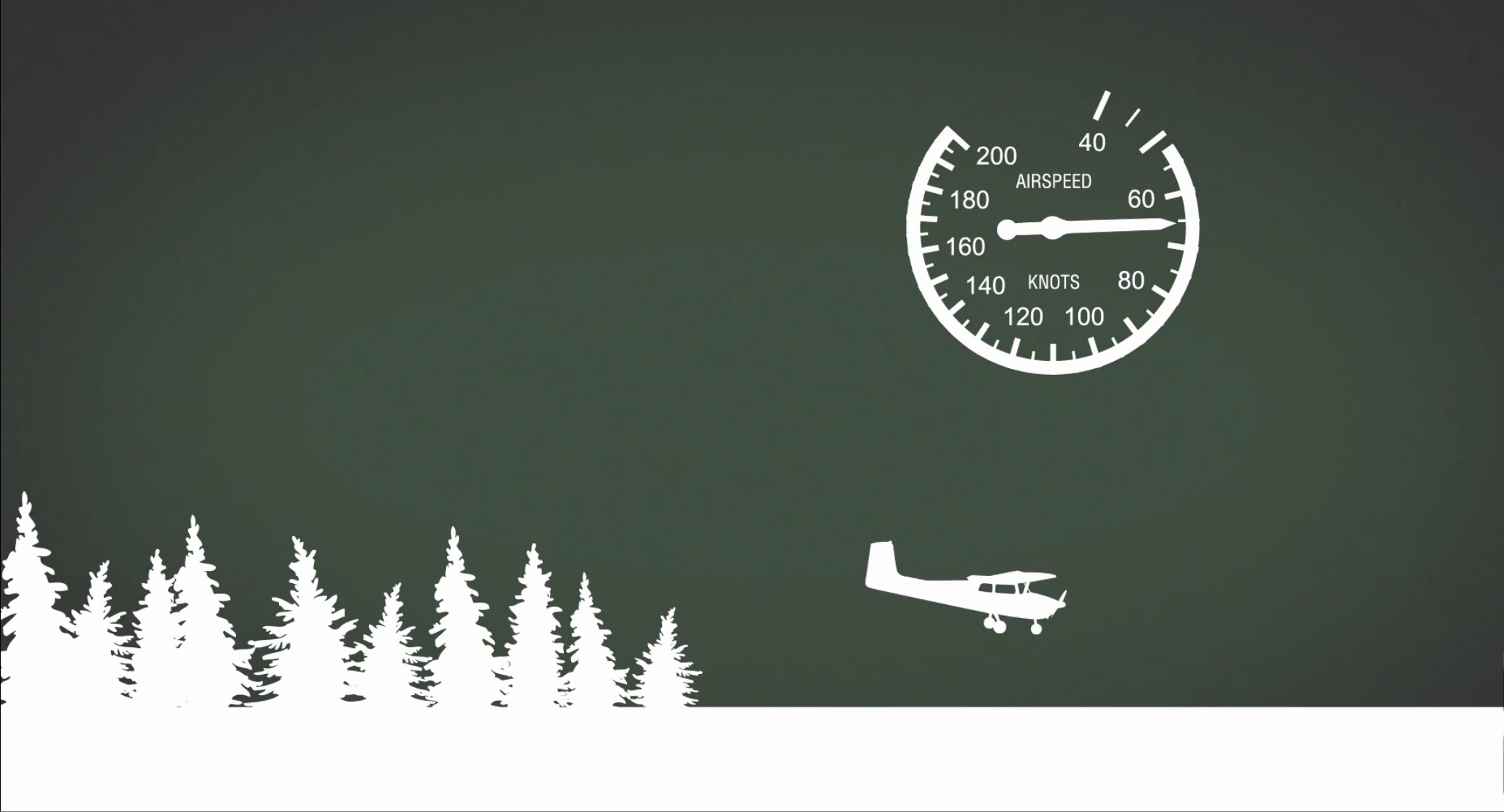
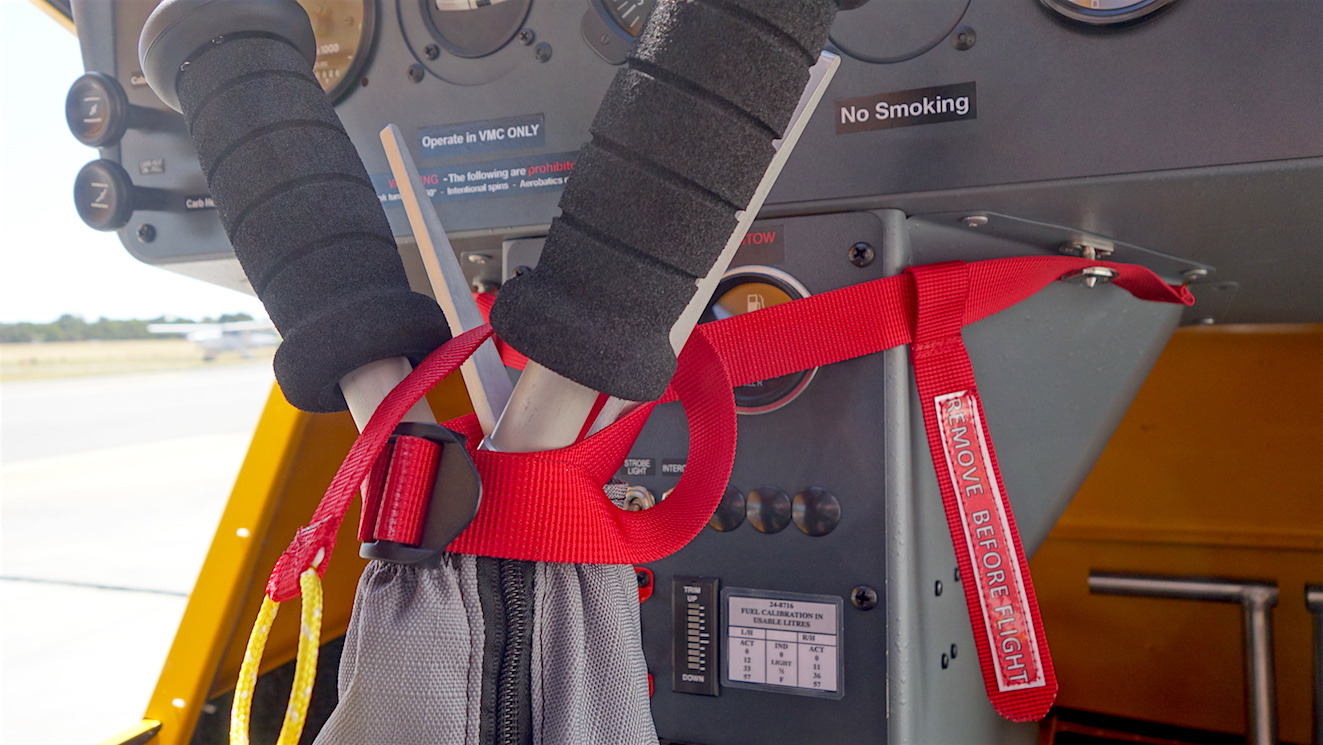
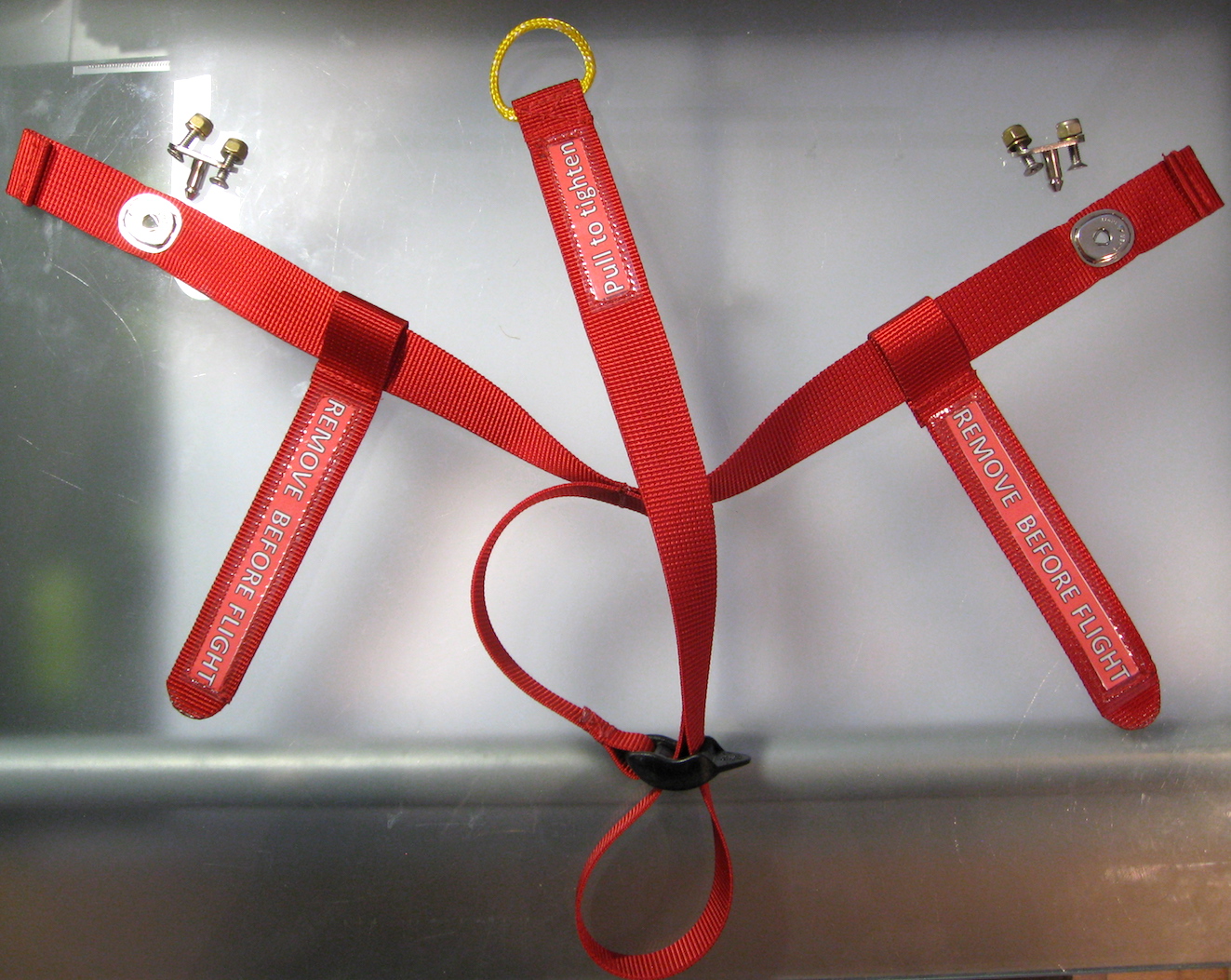
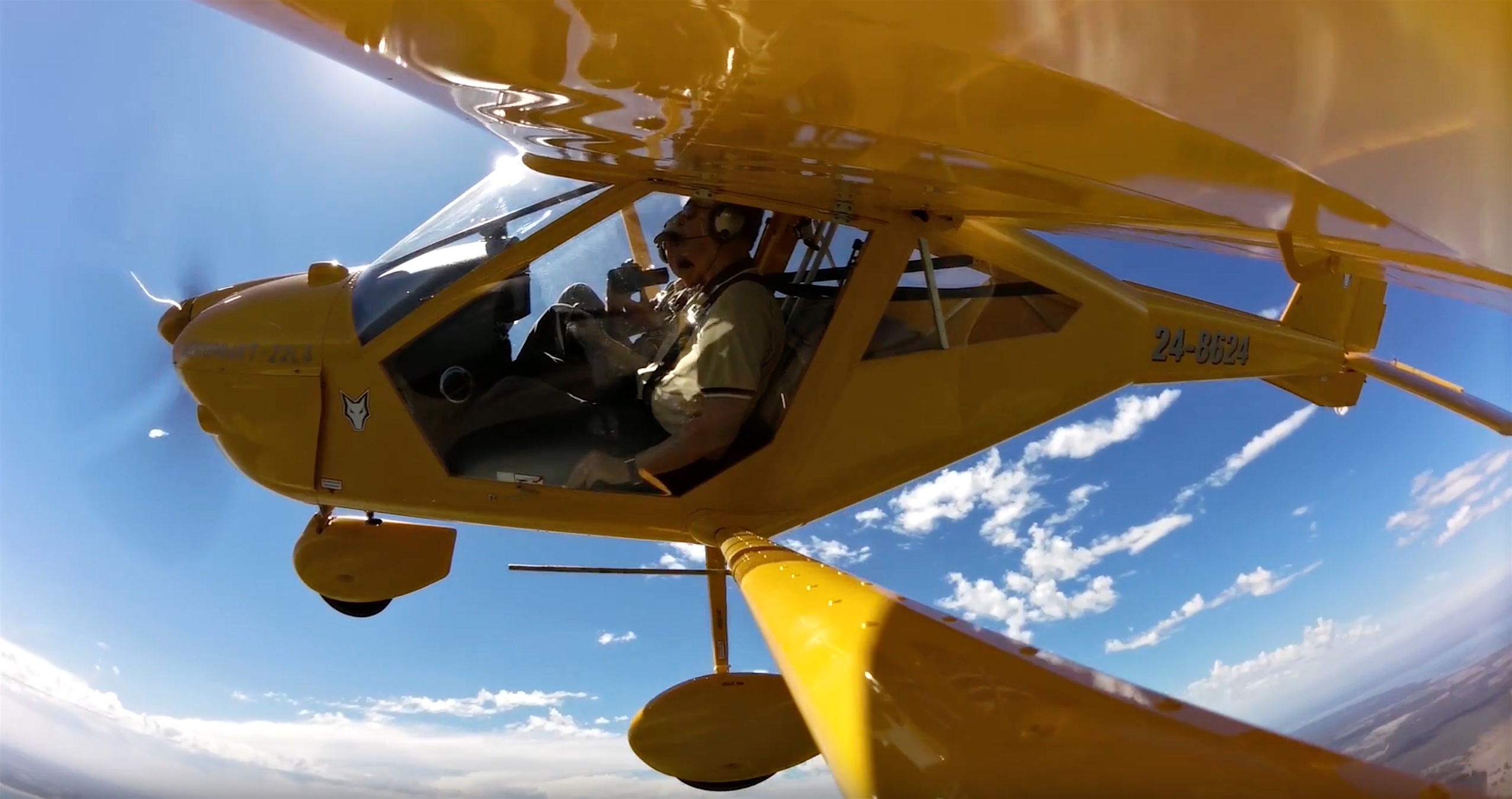
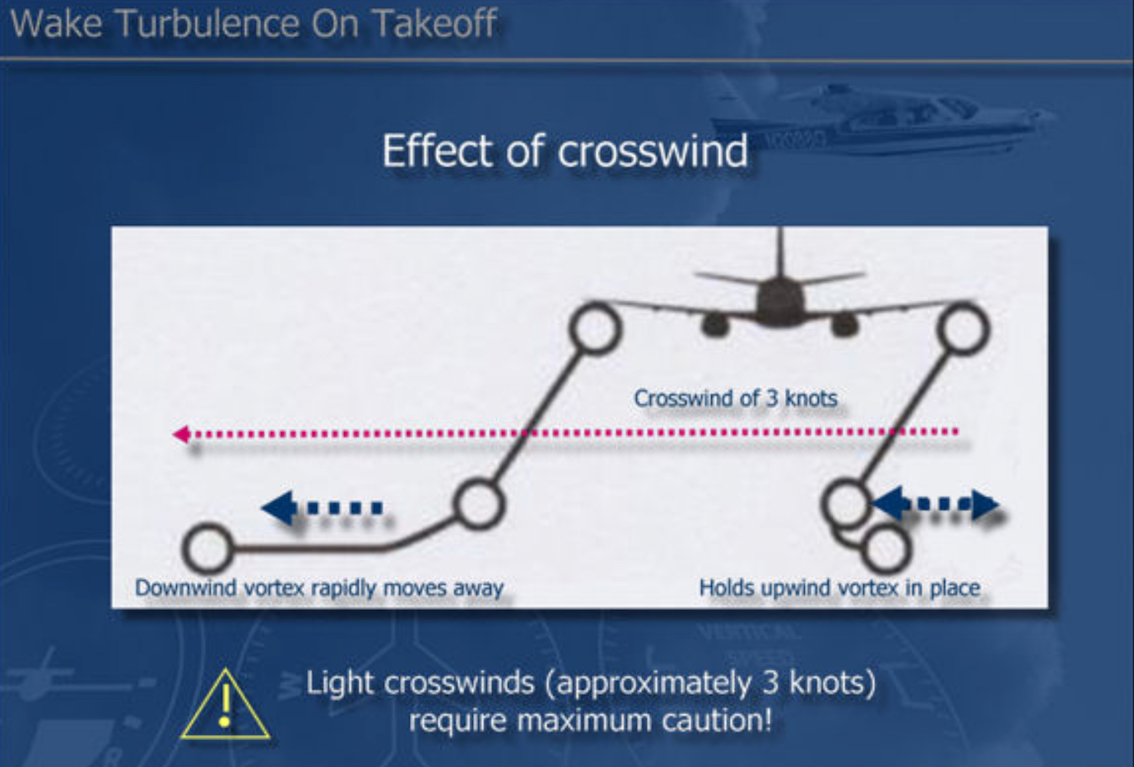
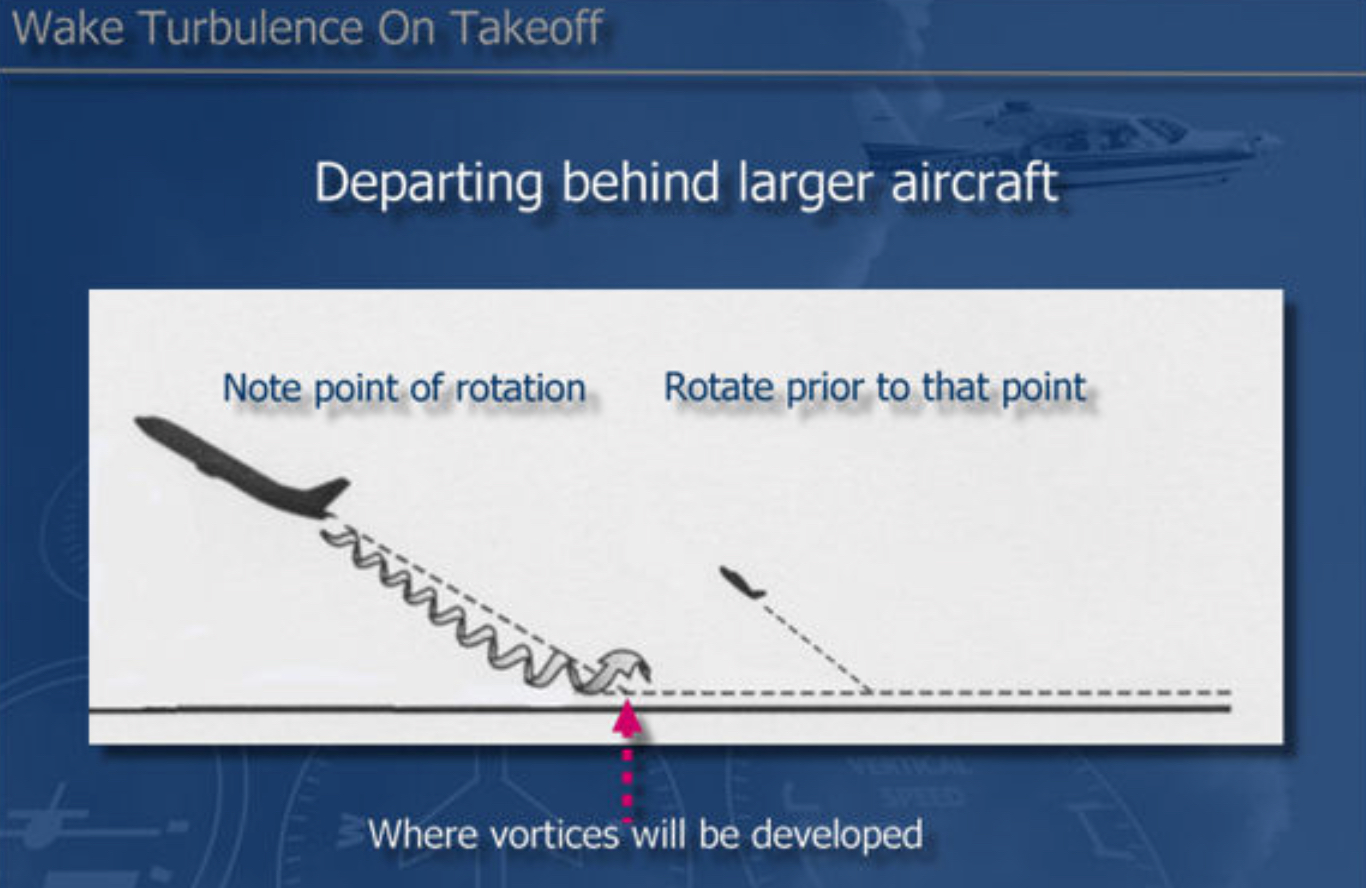
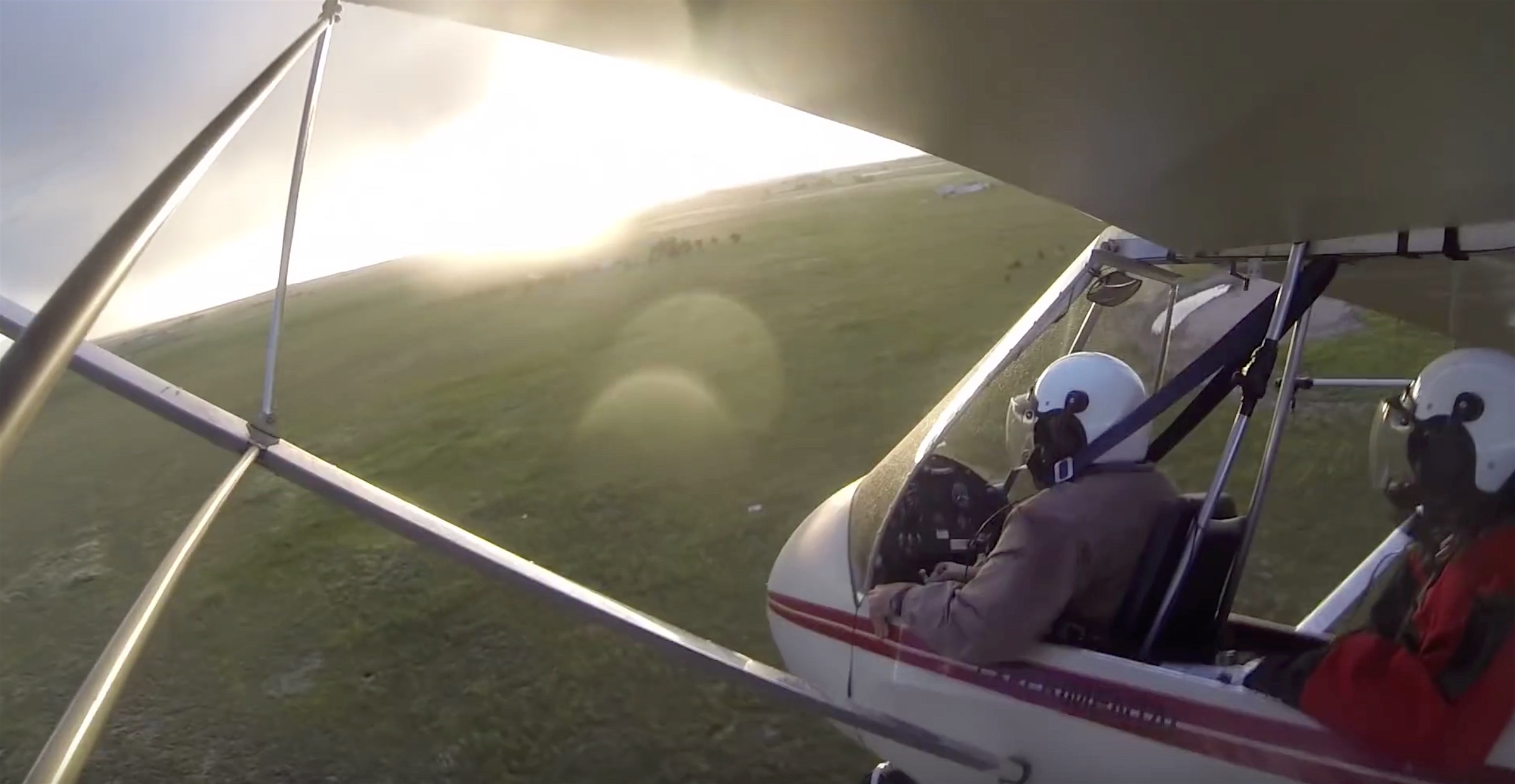
 ‘
‘